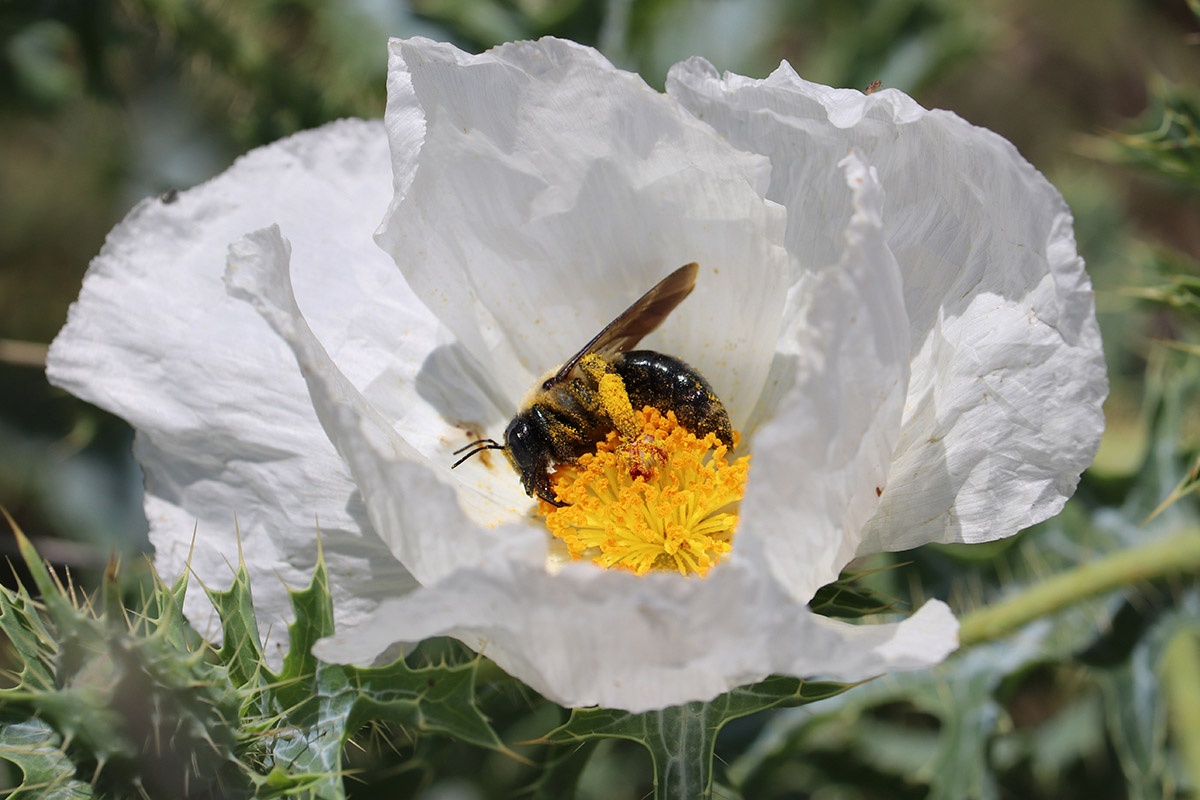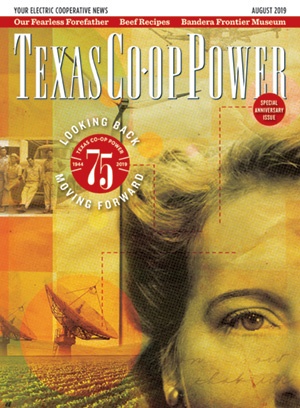Next time you eat an apple, consider cutting it in half first across the middle.
You’ll see a compartment resembling a star that contains the seeds of the apple. If there are two seeds in each of the five compartments for a total of 10 seeds, then that apple was fully pollinated. Flowers of an apple that are not fully pollinated may reduce their overall productivity, and a flower that gets no pollination will never develop into an apple for you to enjoy.
It is estimated that approximately 75% of the world’s flowering plants require pollination, including the plants that provide us food, by insects and animals such as bees, butterflies, moths, birds, beetles, wasps, bats and more! These pollinators move pollen from one plant to the next for that plant to produce the seed necessary for reproduction. Pollinators play a vital role in our everyday lives and are often under-appreciated or overlooked.
Pollinating insects and animals are facing many challenges today such as habitat loss from fragmentation, pesticide use and invasive species to name a few. Pollinators require a diverse landscape with a variety of flowering plants. These plants must have many different colors, shapes, and sizes of flowers to accommodate the specific needs of the many different types of pollinating insects and animals. The flowers act almost as landing pads for these pollinators to access the nectar or food source that is provided by the plant. In turn, the pollen is transferred to the pollinators and then moved to the next plant for the reproduction process to be successful.
So what can we do to help pollinators despite the threats they face every day?
No matter how small or large of an area you are working with, a plan can be developed to encourage a healthy and productive pollinator habitat. Consider planting a diverse native seed mix of locally adapted plants to the area for best results of plant establishment. Plant in late winter or early spring for ideal results. Within this seed mix, it is recommended to provide three or more flowering plants per bloom period that should overlap spring, summer and fall time frames.
It is also recommended that you include native grass species in pollinator seed mixes. These grasses can be host plants for some butterflies, provide wintering sites for many insects and protect the soil from erosion. Some bare ground interspersed within your pollinator planting area is not a bad thing as many species of native bees are solitary ground nesters that utilize these sparsely vegetated areas to nest.
Also consider the spacing of your pollinator areas. Bees and other pollinating animals vary in size and can only travel certain distances to find food. These ranges can vary from just a couple hundred feet up to a mile.
For more information or to develop a plan for pollinator habitat creation contact your local NRCS office or visit tx.nrcs.usda.gov.


